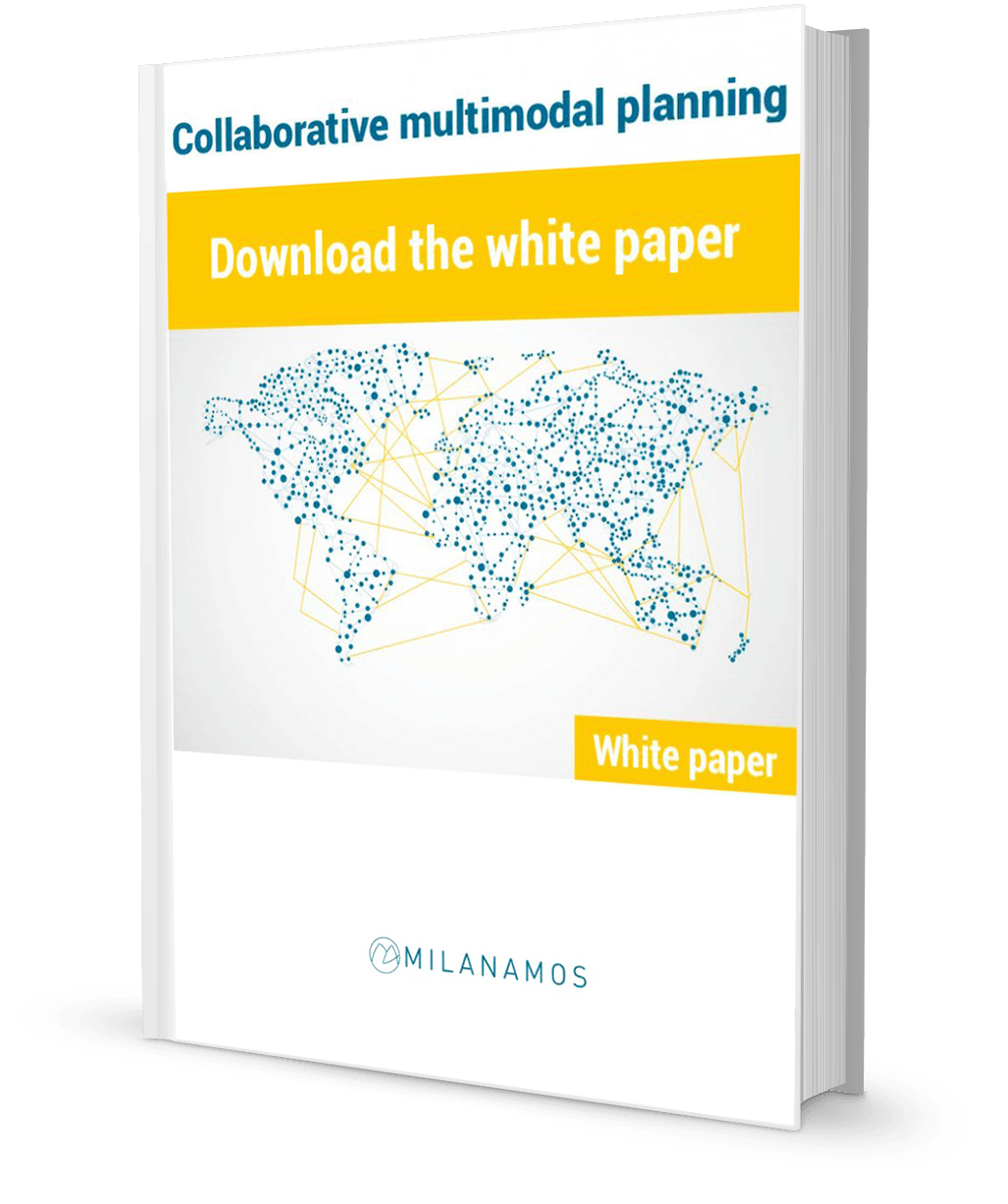According to The Economist magazine (link below), 10% of international tourists are Chinese, with 97.3 million outward-bound journeys in 2013. It’s a figure that’s set to double by 2020.
And those figures for an emerging Asian middle class who want to visit Europe and the US are just the tip of the iceberg. At the moment only 5% of Chinese people have a passport, so the west’s popular tourist attractions and venues are looking forward to welcoming an increasing number of visitors. Not just from China, but from all the BRICS-type countries who have a rapidly expanding middle class.
It’s great for business of course (The Economist reveals that Chinese tourists spent $129 billion in 2013, knocking American wallets into second place with a spend of just $86 billion) … but are the ‘old economy’ venues ready for this influx of people?
“In most cases, the answer is ‘no’ to that question,” says Christophe Ritter, co-founder of Milanamos, who specialise in managing big data for multimodal transport networks. “There have been interesting innovations – such as the app (link below) developed by Schiphol and Aéroports de Paris – which translates airport signs in Mandarin. But I worry that visitors from the so-called emerging economies will find our transport network outdated.”
Ritter’s partner, Christophe Imbert, picks up the story. “With China and other Asian tiger economies like Singapore, their governments have been investing in new multimodal transport infrastructures which set the benchmark for their citizens when travelling abroad. Compare those shiny new transport networks with, for example, London’s Underground, which has just celebrated its 150 year anniversary, and visitors from Asia might start to think they have travelled back in time when they use the facilities in much of Europe and the US.”
Imbert admits that some parts of Europe’s transport network might have a Belle Époque charm, but adds: “If you have 20,000 Chinese visitors trying to make their way from seeing the Mona Lisa to visiting the Eiffel Tower, the Paris transport network is going to creak a little.”
Ritter sees efficient multimodal transport as being the solution. “We need to get travellers from the airport to city centre quickly and easily. And once those people are in the city, an integrated network that includes options like walking, cycling or even taking a water taxi need to be merged with the traditional bus, train and tram options. If cities don’t get it right, services like Uber will fill the gap and simply exacerbate the problems of road congestion and pollution.”
“And we need to act now,” adds Imbert. “In BRICS countries, figures show that every 1% increase in GDP results in a 4% increase in travel expenditure. In other countries – such as Bangladesh – 1% extra GDP equates to 7% growth in travel. Right now, travel is estimated to account for around 8% of global pollution. If our cities and their stakeholders don’t develop smart solutions, our Chinese visitors are going to be welcomed by the kind of smog they’re trying to get away from.”
Footnote. Milanamos combine big data from multiple sources to help cities and transport operators plan the most efficient and profitable multimodal infrastructures.
Reference sources used in the article:
Economist. How the growing Chinese middle class is changing the global tourism industry.
http://www.economist.com/news/international/21601028-how-growing-chinese-middle-class-changing-global-tourism-industry-coming
App translates airport signs for Chinese travellers.
http://www.futuretravelexperience.com/2012/01/schiphol-and-aeroports-de-paris-launch-chinese-app/
London Underground is 150 years old.
http://www.theguardian.com/uk/series/150-years-of-the-underground












